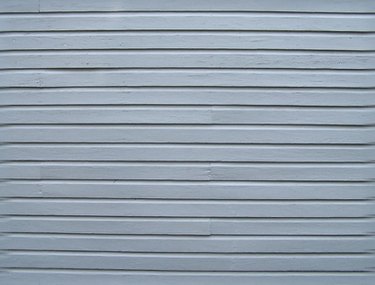Things You'll Need
Measuring tape
Insulation material
Siding vertical corner posts
Metal siding fittings
Long metal strip plate
Galvanized nails
Hammer
Vertical outer corner posts
Screws
Drill
Caulk
Caulk gun

Many mobile homes will eventually need vinyl siding replacement over their lifespan. The first mobile homes were framed from cheap wood material instead of today's vinyl. As mobile home purchasing became a trend among consumers, the framing choice by many manufacturers turned to vinyl, a product much more durable and longer-lasting than wooden boards. Vinyl siding offers protection and makes the structure more secure and sturdy. Do-it-yourselfers with a bit of know-how can install it.
Step 1
Measure the dimensions of the structure with a measuring tape so you know how much siding you'll need.
Video of the Day
Step 2
Apply a layer of insulation to the frame of the home. Use a type of insulation appropriate for your climate. Place a layer of wind wrap paper on top of the insulation to help protect it from damage if the siding ever comes unattached from the home. Place the vertical side posts onto each corner of the building with a hammer and galvanized nails. This will be the slot where the ends of the siding will be anchored.
Step 3
Install curved metal siding fittings around each window of the home and the door frames. This helps secure the siding sheets under the window frames and around any sill noses that will cause the sliding to not fit properly. Place a metal strip along the bottom of the home for the sliding to rest in. Ensure the slip is placed on the frame so it is level.
Step 4
Apply the siding onto the home in a staggered fashion. Begin installing the material upward from the starter strip, overlapping the edges of the siding by about 1 inch. Some of the siding may need to be cut with a table saw to properly fit and overlap the adjoining pieces. Slip the ends of the siding under the installed fittings. Likewise, slip the siding under the vertical posts on the home's corners.
Step 5
Add an outer corner post on top of the siding vertical posts. Use screws and a drill to install the post onto each corner of the home. With a jigsaw, cut out any areas that will house electrical outlets. Install the outlet and add caulk around the hole, using a caulk gun. Additionally, caulk can be added along the bottom metal strip to deter water or bees from getting behind the siding.
Tip
Visit a home improvement store to find the best type of siding to use in your location and climate.
Painting the siding is an option if the desired color could not be purchased. Use an exterior siding paint.
Video of the Day